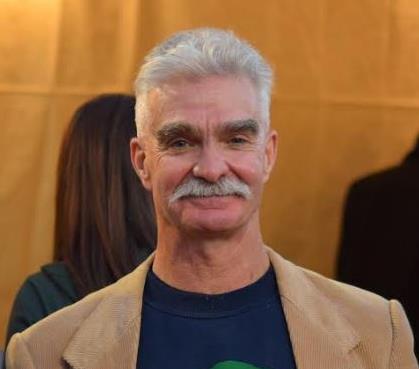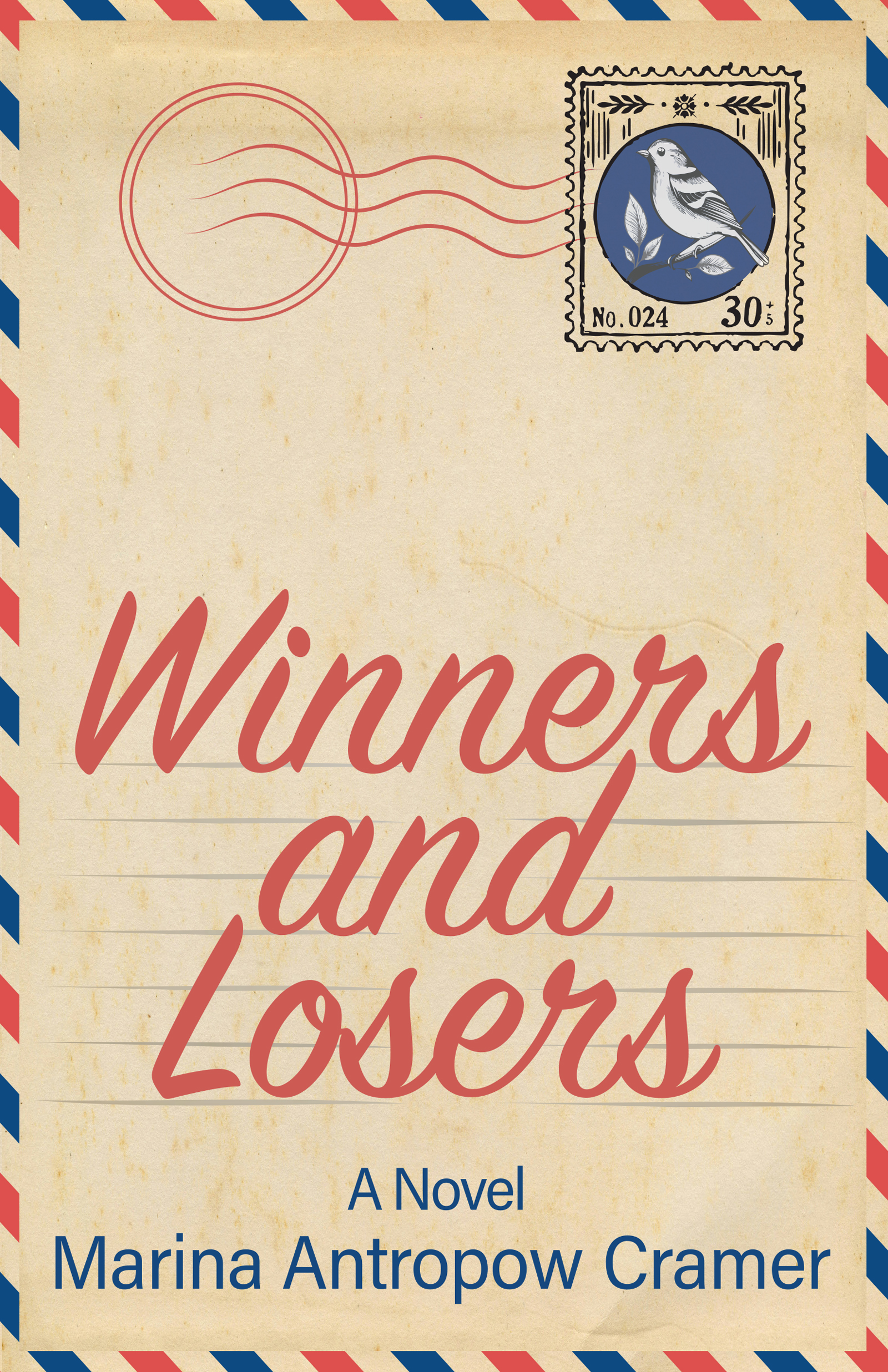Q: This book is inspired by the story of a true scandal surrounding a stadium in Buffalo. What can you tell us about that scandal?
A: In 1969, the then owner of the Buffalo Bills, Ralph Wilson, got an offer of a new stadium from the city of Seattle. He then threatened to move the team unless he got a new stadium in Western New York. This may have been the first time, or at least among the first times, a major league franchise owner extorted a new stadium from a local jurisdiction. Buffalo was broke and couldn’t afford a new stadium. Erie County, which Buffalo is part of, could, and floated a bond issue to pay for it. A local developer combined with the builder of the first domed stadium, the Houston Astrodome, to build the world’s second domed stadium, plus a development surrounding the stadium, which promised to turn the depressed rust belt Buffalo economy around, which was delusional. The deal fell apart through political corruption in the County Legislature, Buffalo never got a domed stadium and the ensuing litigation turned into the most expensive and longest running commercial legal case in New York State history, which is a story in itself.
Q: What things did you change from that inspiration, and what things did you keep?
A: I had characters, good and bad, from my first novel, Every Man for Himself, become the leads in this novel. Schemers never stop, and good guys are always after them, sometimes with flaws. The results of the history were the same, but the characters have their own outcomes.
Q: What kind of research did you have to do for this novel? Was there anything particularly shocking that you learned?
A: I interviewed a number of people involved with the domed stadium deal, read several books about the 1960s/70s, dug up newspaper articles, went through the SUNY Buffalo archives, etc. This was the era of the Vietnam war, and violence on the campus of SUNY Buffalo and the nearby University Heights neighborhood, where I grew up. What shocked me the most was the way Vietnam Vets were treated, and the “narcissistic vandalism” of the protesters who, when they were finished being radicals, then went on to graduate school, etc. A good text on this is Bryan Burrough’s “Days of Rage,” which is what the Weathermen called their protests in Chicago in October 1969, designed to “bring the war home to the streets.” Ironically, the term comes from a Gregorian Chant “Dies Irae” (https://www.youtube.com/watch?v=Dlr90NLDp-0) which refers to the second coming of Christ and the Last Judgement.
Q: Were there any resources or people who provided help with that research? What kind of things did you learn from them?
A: I used a lot of resources, some already mentioned, and interviewed a number of people whom I credit in the acknowledgements at the end of the book. Particularly interesting were the insights I got from lawyers involved in the domed stadium case and retired policemen who were working for the Buffalo Police Department back then.
Q: In addition to researching this scandal, you grew up in Buffalo. Are there any events or experiences from your time there that were translated into this book?
A: I was just starting high school in 1969-1970 and lived right by the SUNY Buffalo campus (now referred to as the South campus). The Vietnam War was on TV every day, and boys just a few years older than me were there fighting and dying, or protesting to end the war. In addition, the possibility of the Buffalo Bills leaving town is unthinkable in Buffalo, then as now, and the loyalty of Buffalo people to their city and teams that represent them is legendary, and I try to bring all this out in the story.
Q: While the main plot of the book is about the scandal, there are two side plots about the sons, Tom and Rory. Rory’s story is a particularly powerful narrative about the horrors of the Vietnam war. What inspired that? Did you have to do any research in order to portray it so vividly?
A: The Vietnam War lasted twenty years and split families, generations and this nation. I did considerable research to make the Vietnam scenes and the aftermath as truthful as possible. I read books on it by veterans, interviewed people who were there and had those sections reviewed by participants.
Q: Tom’s story is also fascinating, dealing with riots, drugs, and youth anti-war culture on campuses. Were there any experiences that inspired his story? Any specific moments researched for that?
A: When the SUNY Buffalo campus turned into “The Berkeley of the East” in 1969, my friends and I would ride our bikes up to Main Street and watch the police battle the students – until we got a face full of tear gas, anyway. I know people who were on both sides of the conflict and try to reflect that in the story. I also did a lot of research in the SUNY Buffalo library which has archived documents from that era and remember concerned parents of GIs then overseas, students determined to end the war, small business owners whose shops got wrecked, etc.
Q: You do a good job of explaining the characters’ views on that controversial war, but the characters, understandably, have different viewpoints. What’s yours, and did that have any influence on your characters and/or plot?
A: I was told by a Vietnam Vet that I was a real lucky guy – too young for Vietnam and too old for Desert Storm. The GIs fighting the war were caught between a corrupt government in the south and the murderous communist regime in the north, and getting spit on when they came home. They couldn’t win and feel bitter about it to this day. Me? I feel guilty about not having served in the armed forces, but like that Vietnam vet said, I was lucky.
Q: Did you have any characters that you based off of someone in particular? What elements did you keep, and what did you change?
A: Two characters in particular were based on real people. One is the developer from Texas, Rex Yarborough, who is based on Roy Hofheinz, the developer who built the Houston Astrodome. There is a biography of him called “The Great Showman” which I read, depicting a very flamboyant and shrewd builder. Also, the Sammy Messina character is based on a particularly colorful guy I knew in Buffalo, a bookie who spent his days drinking and womanizing, and whose motto was “steal all the money.”
Q: How does this novel connect to your previous book, Every Man for Himself?
A: Several of the characters – the detective, Pat Brogan and his associates Lou Constantino and Inspector Wachter, the politician “Jazz” Jezerowski, and especially the City of Buffalo reappear in The Vultures. Every Man for Himself takes place in the post war industrial and prosperous Buffalo, while The Vultures takes place in a city whose economy is falling like a paralyzed falcon. The characters from the first book have to deal with a lot of change in the Buffalo of 1970 and some, despite the economic collapse, keep grasping at anything that’s left, hence the title.

